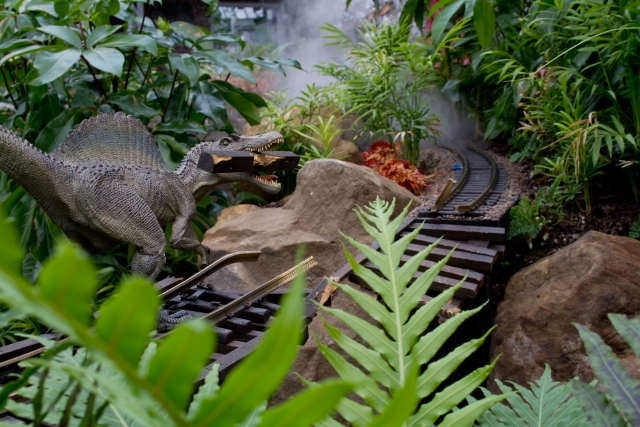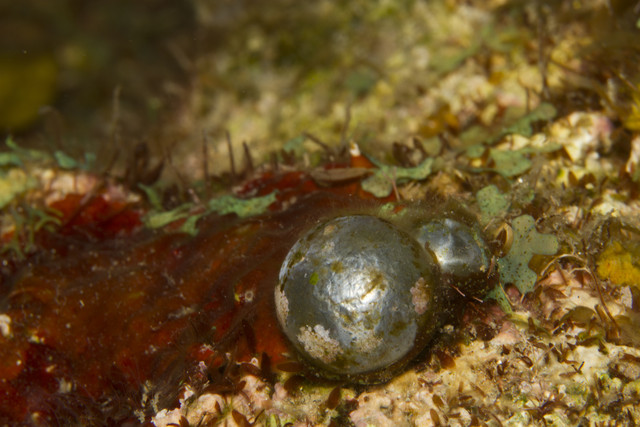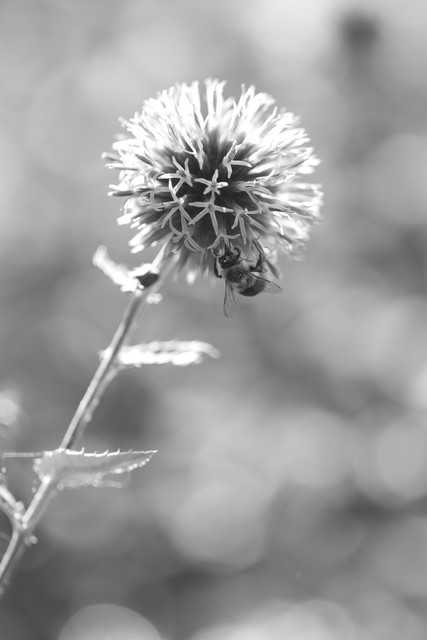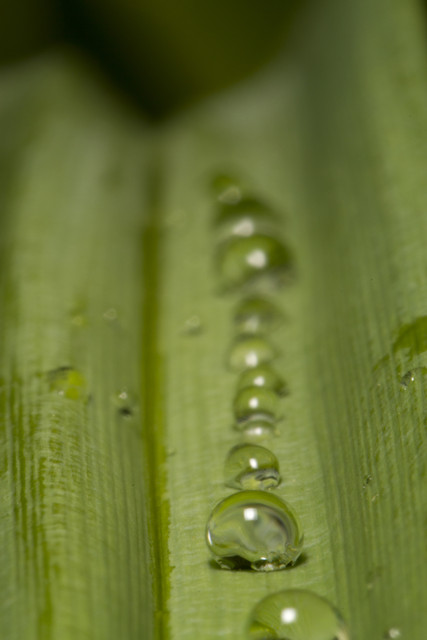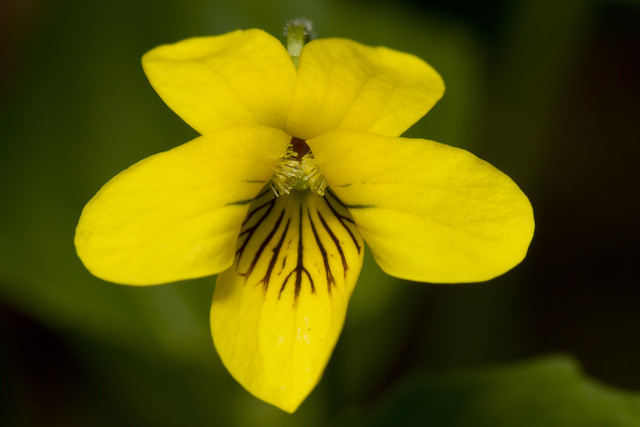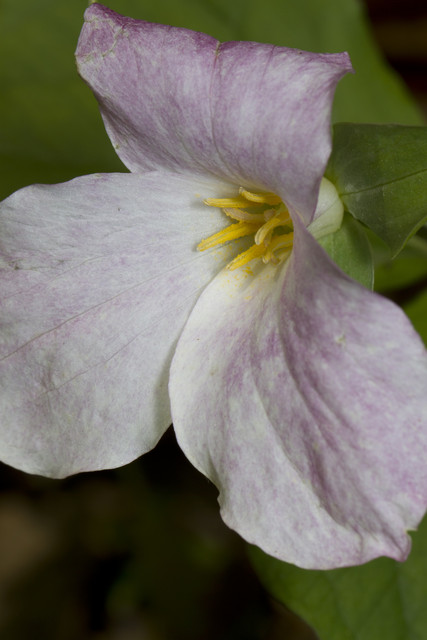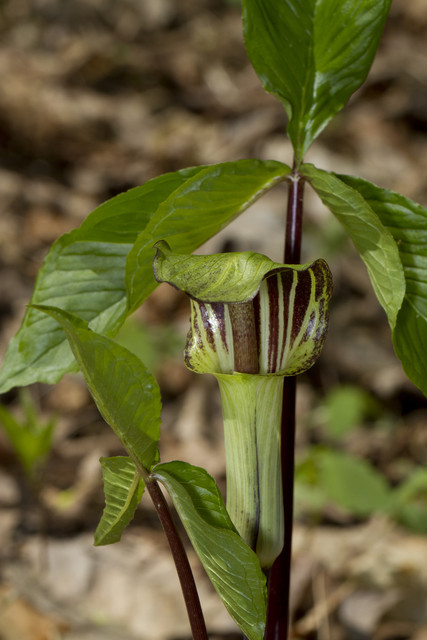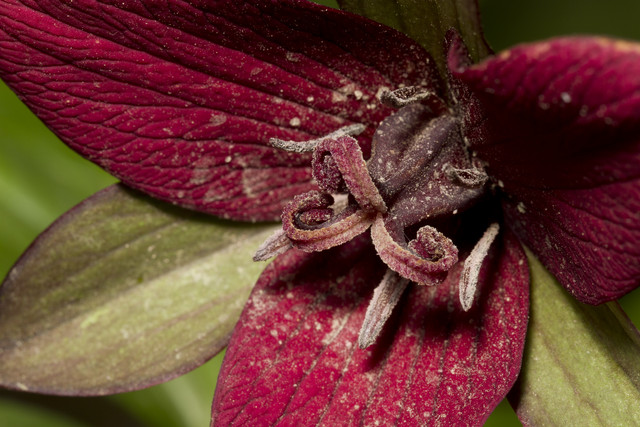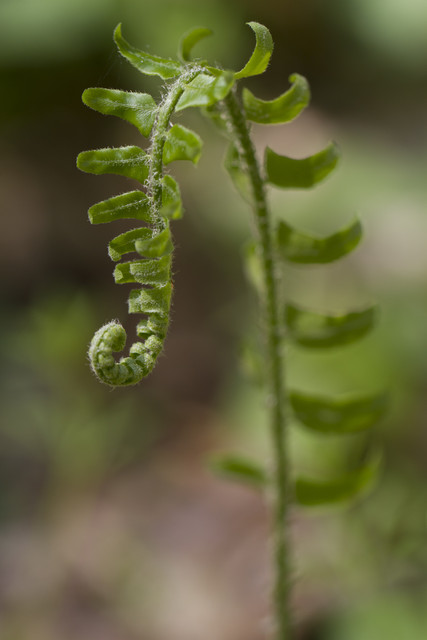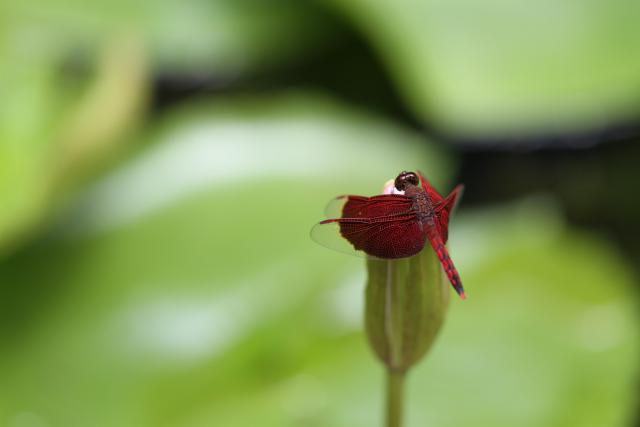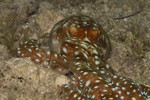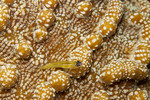plants
Happy New Year 2014
ktuli — Wed, 01/01/2014 - 16:38
Ok - here's a fun shot to wish you all a Happy New Year!
Technical Data: Technical Data: Canon EOS 7D, Canon EF-S 18-55mm f/3.5-5.6 II at 35mm, 1/40 sec at f/11. ISO 320. RAW processing Adobe Camera Raw
- Bill
Poll: Dew Drops
ktuli — Tue, 03/27/2012 - 19:02
A couple weekends ago, Anya and I went to Powdermill Nature Reserve to see what we could find. We were hoping for some migratory birds and maybe some early spring wild flowers or insects.
Unfortunately, we got there a bit late in the morning, and while there was still some dew on the leaves, the light was very harsh. I remembered something I'd heard a while back that said that harsh light like that sometimes works really well for black & white photos.
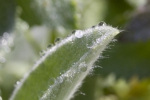 |
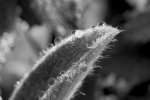 |
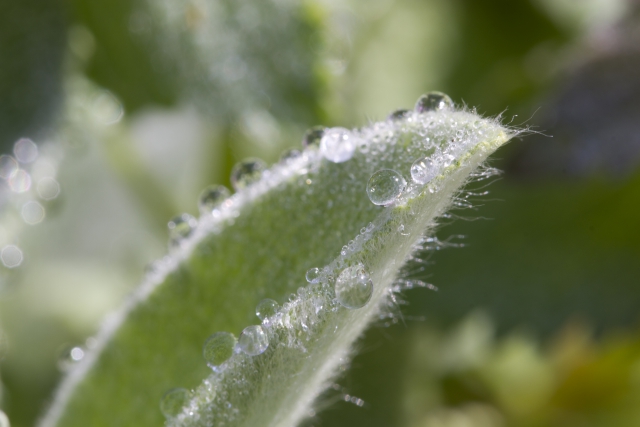 |
|
Technical Data: Canon EOS 7D, Canon EF 100mm f/2.8L Macro IS USM, 1/15 sec at f/11. ISO 100. RAW processing and B&W conversion in Adobe Camera Raw and Photoshop CS5.
- Bill
Caribbean Explorer: Sea Pearls
ktuli — Thu, 11/10/2011 - 19:10
We saw several Sea Pearls (Ventricaria ventricosa) when we were in Indonesia, and again on this trip in the Caribbean.
As it turns out, they are an algae (oddly enough, they are usually encrusted with a lavender crust algae). But what makes them interesting to me is the fact that they are a single cell organism. So those shimmering blobs of algae you see in the photo below are actually two individual cells! They can grow to over 2 inches in diameter, and the larger one here was probably in that size range. They are among the largest single celled organisms known.
Technical Data: Canon EOS 7D, Canon EF 100mm f/2.8L Macro IS USM, 1/120th sec at f/16. Image Stabilization on. ISO 100. Ikelite Housing and Port with Ikelite 161 Strobe in TTL Mode. Raw conversion in Photoshop CS5.
Learn something new every day...
- Bill
Poll: High Key Blue Globe Thistle
ktuli — Thu, 08/04/2011 - 16:57
Ok - here's a new one for me. High Key Photography is a style of photography that is generally bright and eliminates any shadows. When I saw this Blue Globe Thistle (Echinops_sphaerocephalus) with this nice back lightning, I decided to crank up the bokeh with a wide aperture and see what I could get.
Due to the proximity of the other thistles, it was really tough to frame it, so I took a couple shots. The first version ended up with an incoming bee in the background that was distracting. The second version was better with the bee having landed on the flowers, but I wasn't as thrilled with the framing. So I took one more shot which ended up with just an edge of the next flower in the frame. I used Photoshop's content aware fill to eliminate the out of focus bee and the other flower as well as to convert each to black and white....
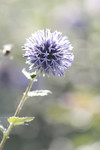 Version 1 SOOC |
|
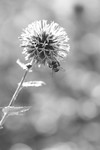 Version 2 B&W |
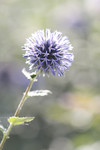 Version 1 Fixed |
 Version 3 SOOC |
|
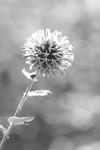 Version 1 Fixed B&W |
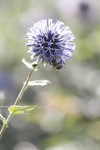 Version 3 Fixed |
|
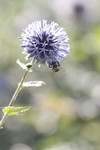 Version 2 SOOC |
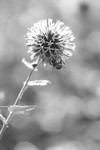 Version 3 Fixed B&W |
Technical Data: Canon EOS 7D, Canon EF 100mm f/2.8L Macro IS USM, 1/250 sec at f/2.8 Image Stabilization on. ISO 100.
So I know this is tough with this many choices, but take a look through the different versions and vote to pick which one you like best. Then leave a comment to let me know what made you choose the one you did.
- Bill
Poll: More Water Droplets
ktuli — Fri, 05/20/2011 - 20:43
It has been a while since I've done a poll, and I took several different shots of this day lily leaf with water droplets on it that I feel this is a good way to share them all. So here goes...
 |
Version 1 1/200 sec at f/16 |
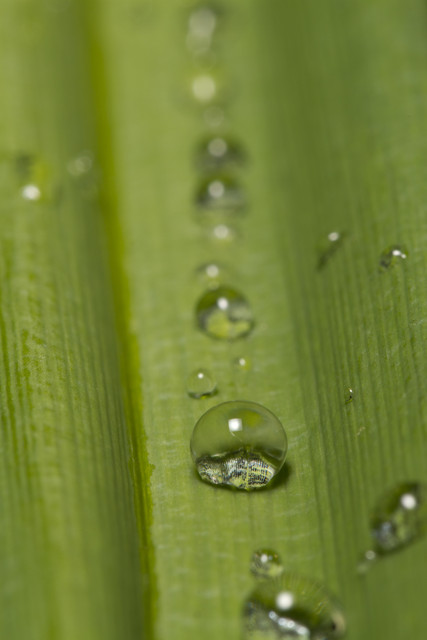 |
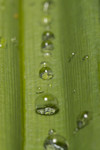 |
Version 2 1/160 sec at f/22 slight crop |
|
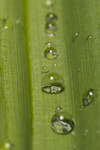 |
Version 3 1/160 sec at f/22 |
|
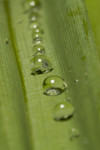 |
Version 4 1/200 sec at f/32 |
|
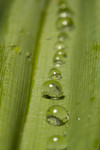 |
Version 5 1/200 sec at f/32 |
Technical Data: Canon EOS 7D, Canon EF 100mm f/2.8L Macro IS USM, shutter speed and aperture as listed. Image Stabilization on. ISO 160. RAW processing in Adobe Camera Raw (and additional cropping as listed).
I know, they all look pretty similar, but after a bit, you really can see just how different each one is. And while the differences may look random, some of them are quite intentional.
For example, you will notice that I specifically switched apertures (smaller opening, larger f/#, more depth of field) to control the depth of field as I went along, which allowed me to get more of the droplets in clarity. (Ignore that for a couple shots the shutter speed switched to 1/160 - I don't know how that happened, and apparently I fixed it after a couple shots). But then I also intentionally played around with the angles, trying to see whether a diagonal view would look better than straight centered.
I will admit that I should have been doing this whole exercise with a tripod (and preferably with a Wimberly Plamp), but I still haven't upgraded my tripod, and as such still don't use the tripod as often as I would like. However, had I done so, we'd probably have three times as many shots to compare here, so maybe it is good that I didn't...
I honestly can't choose which version I like the best. Probably because I like elements of each - some I should have combined for a single better image, and some I simply couldn't combine (ie: liking both the diagonal and the straight centered).
Cast your vote and let me know which one(s) you like best (yes, I opened this one up to multiple selections!) and don't forget to leave a comment letting me know why you picked the one(s) you did.
Thanks!
- Bill
Water Droplets
ktuli — Thu, 05/19/2011 - 19:23
Just going to post a shot I took yesterday. The rain had just eased up for a bit, and I headed out hoping to find some butterflies or bees taking advantage of the the break in the rain, but instead found plenty of shots with water droplets on the various plants. This one was on the leaf of a day lily and the line of drops just screamed to be photographed with the macro lens I had on...
Technical Data: Canon EOS 7D, Canon EF 100mm f/2.8L Macro IS USM, 1/200 sec at f/32. Image Stabilization on. ISO 160. RAW processing in Adobe Camera Raw.
- Bill
Trillium Trails: Assortment
ktuli — Fri, 05/06/2011 - 20:51
Ok - time to just share an assortment... enjoy.
I probably have one or two more shots to share from this set, but I may take a little break to share some other stuff. Either way, stay tuned.
- Bill
Trillium Trails: Uncurling Fern
ktuli — Thu, 05/05/2011 - 19:50
Wild flowers aren't the only things popping up now that it is spring...
I really like ferns. I don't know why, I just do. Maybe it is the way a bunch of them make a forest feel prehistoric. Maybe it is the many different varieties of leaf patterns there are. Or maybe it is the way they unfurl and uncurl those fiddleheads.
I always find them difficult to photograph though.
Technical Data: Canon EOS 7D, Canon EF 100mm f/2.8L Macro IS USM, 1/800 sec at f/2.8. Image Stabilization on. ISO 200. RAW processing and cropped in Adobe Camera Raw. Trillium Trails, Fox Chapel, PA.
Why This Photo: When I found this fern unfurling in such an interesting manner, I figured it was worth spending some time with it. The vertical orientation was fairly obvious, and a shallow depth of field was necessary to eliminate a rather cluttered background.
What Works: The wide aperture at f/2.8 produces that shallow depth of field to keep the background completely blurred and reduce distractions. The path of the fern stem through the shot follows up one third and back down the other, providing a nice balance to the frame.
What Doesn't Work: The varying bright and dark background - though sufficiently blurred - is still a little distracting (perhaps I should have still used the flash to brighten up the foreground a bit and thus under-expose the background to darken it). The depth of field is actually a tad too shallow as the tip (and most curled part) of the fern is slightly out of focus.
Despite the downfalls, I think the shot is still rather pleasing. What do you think?
- Bill
Bali: Red Dragonfly
ktuli — Tue, 03/15/2011 - 19:44
Technical Data: Canon EOS 7D, Canon EF 100mm f/2.8L Macro IS USM, 1/790th sec at f/2.8. Image Stabilization on. ISO 200 (Auto). No post production.
Why This Photo: These beautiful red dragonflies were flying around the Puri Santrian hotel among the many water gardens on the grounds. As soon as I saw them, I knew I had to try out the new macro lens with them.
What Works: The off-centered dragonfly is in perfect focus (looking at the fullsize version reveals the intricate detail in the delicate wing. The extremely wide aperture of f/2.8 produces an incredibly soft bokeh background that has just enough shape to show the lily-pads that accompany this closed water lily bud.
What Doesn't Work: That same wide aperture that produced the soft background also produced such a narrow depth of field that the entire dragonfly is not in clarity. I feel this is ok to some extent, but wish that the dragonfly's body and head were in more clarity.
- Bill
Spring Buds
ktuli — Tue, 03/08/2011 - 20:28
Yeah - I am still struggling with that lack of motivation, so I'm going to take a little break from the Wakatobi photos for a little bit. I have been looking around at various photography challenge websites as a way to get some inspiration. I found one that was running with the theme of Spring (though I can't seem to find it again), so I grabbed the camera after I got home yesterday and headed out.
I went out with a specific shot in mind, and managed to actually come back with it...
 |
|
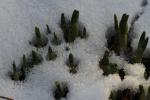 Camera Metered 1/130 sec at f/8 |
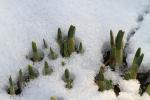 Manually "Over-Exposed" 1/40 sec at f/8 |
Technical Data: Canon EOS 7D, Canon EF 100mm f/2.8L Macro IS USM, 1/130th and 1/40th sec at f/8. Image Stabilization on. ISO 200 (Auto). No post production.
What is being illustrated here is the tendency for cameras to be "confused" by large amounts of bright or dark areas. This frequently happens in snowy scenes or bright sandy beaches being underexposed if you trust the camera's built in meter (ie: if you use auto mode, or even aperture or shutter priority, or even if you use the suggested exposure while in manual mode). In the case of snow, you end up with grey snow.
To fix this, you need to manually "over" expose the image. So yesterday, when I shot these buds bursting up through the snow, the camera's meter exposed the image a little dark and you can clearly see how the white snow appears grey. If you're using manual mode simply nudged the exposure time up a bit, or use your camera's exposure compensation feature, and the result is bright white snow.
I know... if you're like me, you're sick of seeing snow, but I didn't have any bright white tropical beach sand to illustrate this on, so hopefully this little sign of impending spring is enough.
Hopefully it also works to help get me motivated again. and I can get back to more regular posts.
- Bill
PS: Oh - I almost forgot, a similar phenomenon happens in a very dark scene with lots of black. The camera's meter will result in an exposure where the black begins to turn grey. The solution there is simply to "underexpose" a little, and you're all set.

